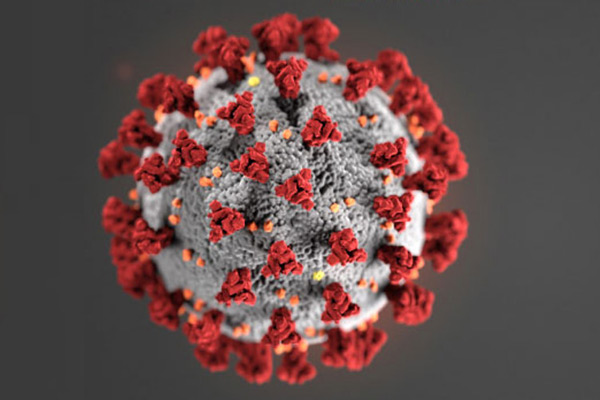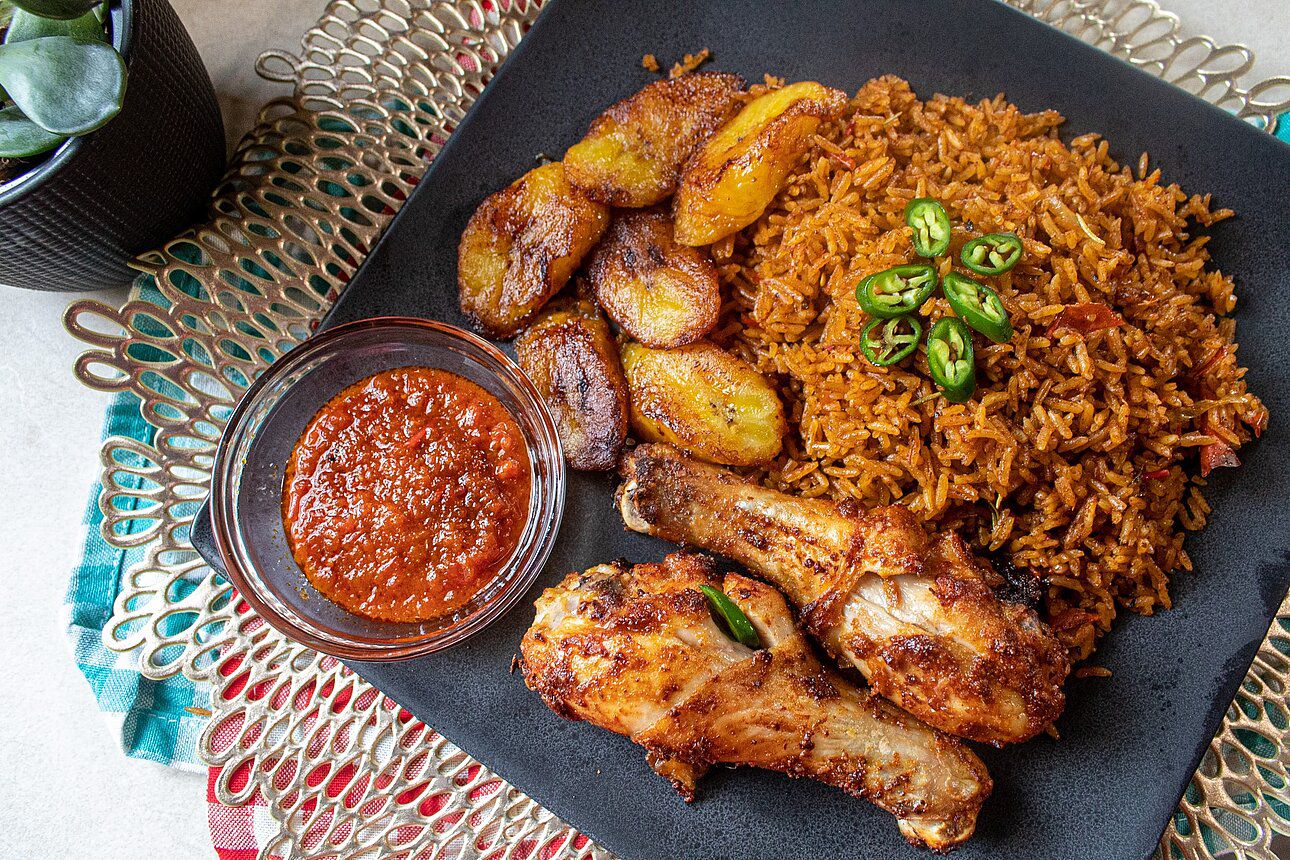
IMANI Africa has highlighted the impact that the US government’s 10 % tariff on Ghana will have on the local economy.
The Policy think tank highlighted reduced export revenues, trade balance worsening and impact on local Industries as some of the effects Ghana will experience.
The Trump administration is moving forward with a wide-ranging implementation of tariffs across the globe. China is facing a 35 percent tax, while the European Union has been slapped with a 20 percent tariff.
In Ghana, a 10 percent tax has been imposed on exported goods, sparking discontent among the public.
The decision by U.S. President Donald Trump has been met with resistance both globally and locally. Business-oriented Ghanaians are now concerned about how they will generate revenue from exports in the wake of these new tariffs.
IMANI Africa, in its Criticality of Key Economic Issues for March 31 – April 5, 2025, recommends that “Ghana must expand its trade partners beyond the U.S. to mitigate the impact of tariffs. Increasing exports to regional markets under the African Continental Free Trade Area (AfCFTA), as well as growing trade with China and the EU, will help reduce Ghana’s dependence on the U.S. market. Strengthening Ghana’s regional value chains under AfCFTA is crucial. By enhancing production for regional markets, Ghana can create more demand for local goods and reduce its vulnerability to external shocks like new tariffs.
“Boosting Local Industry and Competitiveness: To weather the impact of tariffs, Ghanaian exporters must improve product quality, branding, and packaging to differentiate their goods in competitive markets.”
Below is IMANI’s full assessment…
US 10% Tariff on Ghanaian Exports: Implications for the Economy.
In April 2025, the U.S. government announced a raft of reciprocal tariffs on all foreign exports to the United States, including a baseline 10% tariff that now applies across board to all Ghanaian exports.
The U.S. government’s rationale for the 10% tariff is aimed at reviving U.S. manufacturing and job creation. The policy is designed to reduce dependency on imports, and to incentivize American businesses to produce more locally. By raising the cost of imported goods, the government hopes to shift demand toward locally produced alternatives, reignite domestic investment, and protect American jobs.
The trade balance between the U.S. and Ghana has been showing increasing deficits in recent years, indicating a growing trade imbalance. According to the U.S. Census Bureau – Foreign Trade , the figures for the trade balance (goods) from 2020 to February 2025 are as follows:
2025 are as follows:
Year Trade balance (million dollars)
2020 112.0
2021 -762.7
2022 -1,722.9
2023 -765.9
2024 -204.4
Jan.–Feb. 2025 -67.6
This indicates a substantial increase in the U.S. trade deficit with Ghana over the past few years, peaking in 2022 with a deficit of $1.72 billion. While the trade deficit narrowed slightly in 2024, the ongoing trend of negative trade balances.
Before the tariff imposition, Ghana enjoyed preferential access to the U.S. market for several of its key exports under AGOA and the Generalized System of Preferences (GSP), both of which allowed duty-free or reduced-rate access to U.S. markets for eligible countries. Ghana’s primary exports to the U.S. under these programs include: Cocoa and cocoa products (particularly processed chocolate), Textiles, and garments, Processed fruits and nuts, and Timber products.
The tariff specifically targets products that have been central to Ghana’s exports to the U.S., including:
Processed cocoa products (such as chocolate and cocoa powder)
Textiles and apparel Processed fruits (including pineapple and mango products). Light manufactured goods (such as footwear and small machinery)
These goods have, in the past, entered the U.S. market with zero or very low tariffs. With the new tariff of 10%, Ghana’s exports will face a higher cost at the U.S. border, which could reduce their price competitiveness in a highly price-sensitive market.
Top Exports from Ghana to the U.S. (2023) :
Crude Petroleum $1.23 billion (70.8%)
Cocoa Beans $154 million (8.84%)
Cocoa Paste $68.7 million (3.95%)
Cocoa Powder $35.1 million (2.01%)
Soybeans $13.44 million (1.79%)
Other Processed Fruits and Nuts $24 million (1.43%)
Top Exports from the U.S. to Ghana (2023) :
Cars $265 million (25.1%)
Refined Petroleum $107 million (10.2%)
Crude Petroleum $75.5 million (7.16%)
Ethylene Polymers $59.89 million (5.67%)
Petroleum Gas $56.3 million (5.34%)
Acyclic Hydrocarbons $42.9 million (4.07%)
10% of Ghana’s non-traditional exports (NTEs) are sent to the U.S. market. Notably, the majority of Ghana’s top exports to the U.S.—such as cocoa beans, cocoa paste, cocoa powder, soybeans, and processed fruits and nuts—are classified as NTEs. While crude petroleum (which dominates export value) is currently exempt from the new 10% U.S.
tariffs, these NTEs are not. This means that most of Ghana’s exports to the U.S. will now face higher trade costs, directly affecting export revenue from the NTE sector. Given the importance of NTEs in supporting export diversification and job creation, the imposition of the tariffs could undermine progress in Ghana’s industrial development efforts.
The 10% tariff will have 3 main channels of impact on Ghana; direct impact, indirect impact, and potential decline in US investment.
Direct Impact:
The direct impact of the 10% tariff will be felt in the form of higher costs for Ghanaian goods exported to the U.S. This is because the tariff will increase the final price of both final goods and intermediate products that Ghana exports. As a result, Ghanaian products will become less competitive in the U.S. market, particularly in price-sensitive sectors such as processed agricultural goods, textiles, and light manufactured items. The tariff will likely lead to a decline in export revenue, especially from non-traditional exports (NTEs). In 2023, NTE exports accounted for about 24% of the total national exports, equating to approximately ?3,944 billion. According to the 2023 GEPA NTE report, approximately 10% of Ghana’s NTEs were exported to the U.S. (approximately ?394.4 billion) . With a 10% tariff, Ghana could see a direct reduction in the competitiveness of these exports. The direct effect of the tariff could result in a decline in export flows, directly affecting Ghana’s trade balance and overall export revenue.
Indirect Effect: Rising Import Costs from the U.S.
The indirect effect focuses on Ghana’s imports from the U.S., particularly those goods that rely on raw materials sourced from other countries, such as China or Japan, which may also be affected by reciprocal tariffs. Goods imported from the U.S. may see an increase in prices due to the additional cost burdens of tariffs, leading to inflationary pressure on local markets in Ghana. For instance, Ghana imports machinery, equipment, and vehicles from the U.S., and if the raw materials for these items are sourced from countries affected by U.S. tariffs, their production costs could rise. This could trigger price hikes for key imported products in Ghana. Some of the goods Ghana imports from the U.S. are used as intermediate goods for local production. If these raw materials become more expensive due to tariff increases or trade disruptions, Ghanaian manufacturers could face higher production costs, leading to price increases for goods sold domestically. This could contribute to inflation in sectors such as manufacturing, food processing, and construction.
Potential Decline in U.S. Investment in Ghana:
The third channel is a potential decline in U.S. investment in Ghana. A significant portion of U.S. investment in Ghana has been oriented towards taking advantage of trade agreements like AGOA, which granted preferential access to the U.S. market for various goods. The delay in renewing AGOA and the introduction of the baseline 10% tariff could raise production costs for U.S.-based companies operating in Ghana, making it less attractive to continue investing in production aimed at export to the U.S. U.S. investors could start to look for other, more competitive countries that offer lower production costs and preferential access to the U.S. market. This could reduce future U.S. investments in sectors like manufacturing, agriculture, and services, which are pivotal to the country’s economic growth.
Economic Implications for Ghana
- Reduced Export Revenues: Ghana’s exports to the U.S. represent a critical source of foreign exchange. The imposition of a 10% tariff is likely to reduce demand for key exports like cocoa, textiles, and processed agricultural goods, as they will become more expensive for U.S. buyers. For example, cocoa exports, which account for nearly 40% of Ghana’s total exports to the U.S., could see a drop in volume, reducing export revenue – $835.5 million in February 2025 . Also Ghana exports about 11.5% of its cocoa beans and products to the US . Given that Cocoa is Ghana’s third-largest source of foreign exchange, the tariff could have an impact on meeting foreign exchange obligations.
- Trade Balance Worsening: The imposition of the 10% tariff on Ghanaian exports to the U.S. could significantly affect Ghana’s trade balance by reducing its export revenues. As a result of the U.S. tariff, Ghana may face a decline in export revenues. Key exports such as cocoa, processed agricultural products, and textiles could become less competitive in the U.S. market due to the added tariff, leading to a decrease in the volume of exports. This reduction in export revenue will directly affect Ghana’s trade balance. While exports are shrinking due to the tariff, Ghana’s imports from the U.S. and other countries will likely remain unchanged or continue to grow, since tariffs are not imposed on imports. This means Ghana will continue to spend foreign currency on imports while earning less from exports, leading to a widening of the trade deficit.
- Impact on Local Industries: Agribusiness and manufacturing sectors reliant on exports to the U.S. will be most affected. Textile manufacturers, for example, may face significant losses if the U.S. market — a major consumer of affordable clothing — reduces its imports of Ghanaian goods. In cocoa processing, reduced demand for processed products could lead to lower production and even job losses in the sector. The impact of declining cocoa revenues could trickle down to other industries that depend on the sector’s health, including agriculture, transportation, and processing industries.
According to data from the Ghana Export Promotion Authority (GEPA) , Non-Traditional Exports (NTEs) contributed GH¢3.94 billion (24%) to total national exports in 2023, up from GH¢3.53 billion (20%) in 2022. The majority of these exports came from the manufactures and semi-processed category, which accounted for 85% of NTEs and grew by 14.15%. Agricultural products made up 12.56%, though they declined by 3.02%, while handicrafts contributed 2.43% with a 17.85% growth.
The top five NTE products in 2023 (USD) were:
- Iron/steel products – $447.8 million
- Cocoa paste – $340.6 million
- Cashew nuts – $263.5 million
- Cocoa butter – $241.3 million
- Articles of plastics (not elsewhere specified) – $203.1 million
Given this export structure, the imposition of a 10% U.S. tariff could disproportionately impact Ghana’s industrial and agro-processing export leaders, particularly cocoa paste, cocoa butter, and cashew. This would not only affect export revenues but also employment and ancillary industries across the value chain.
Source: Annual Non-Traditional Export (NTEs) Statistics Report, 2023
- Currency Depreciation Pressure: Reduced export revenues will place further strain on the Ghanaian cedi, which has already been under pressure due to inflation and fiscal challenges. The decrease in foreign exchange inflows from exports could make it harder to stabilize the currency, leading to increased import costs, inflation, and a potential slowdown in economic growth.
Way Forward for Ghana
- Trade Diversification: Ghana must expand its trade partners beyond the U.S. to mitigate the impact of tariffs. Increasing exports to regional markets under the African Continental Free Trade Area (AfCFTA), as well as growing trade with China and the EU, will help reduce Ghana’s dependence on the U.S. market. Strengthening Ghana’s regional value chains under AfCFTA is crucial. By enhancing production for regional markets, Ghana can create more demand for local goods and reduce its vulnerability to external shocks like new tariffs.
- Boosting Local Industry and Competitiveness: To weather the impact of tariffs, Ghanaian exporters must improve product quality, branding, and packaging to differentiate their goods in competitive markets.
Source: IMANI’S Criticality of Key Economic Issues. March 31 – April 5, 202
The post Reduced export revenues, trade balance worsening: IMANI highlights effect of US govt’s 10% tariff on Ghana first appeared on 3News.
Read Full Story

















Facebook
Twitter
Pinterest
Instagram
Google+
YouTube
LinkedIn
RSS